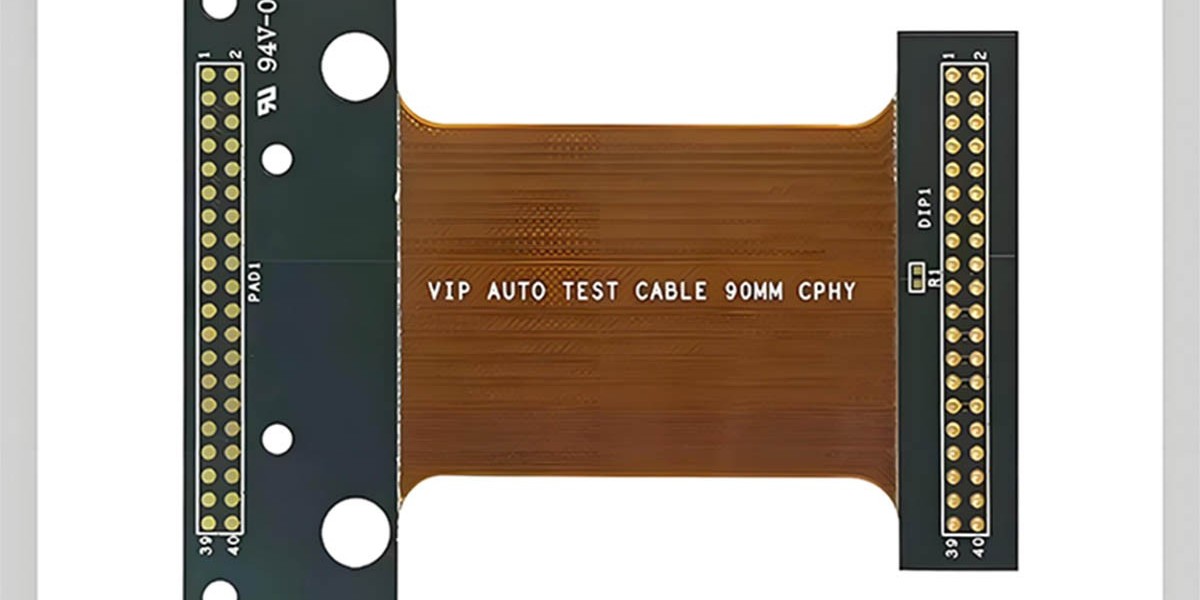Introduction
The manufacturing processes for rigid-flex PCBs vary based on the type of substrate used. Key processes that determine their performance include fine-line technology and microvia technology. With the growing demand for miniaturization, multifunctionality, and integrated assembly in electronic products, high-density PCB technologies, particularly rigid-flex and embedded flexible PCBs, have garnered significant attention.
The Manufacturing Process of Rigid-Flex PCBs
Rigid-flex PCBs (RFCs) are printed circuit boards that combine rigid and flexible substrates, allowing interlayer conduction through plated holes (PTH). This integration offers enhanced design flexibility and reliability, making it suitable for a wide range of advanced electronic applications.
Simplified Manufacturing Process of Rigid-Flex PCBs
Various rigid-flex PCB manufacturing technologies have emerged through continuous development and refinement. The most common and mature process involves using rigid FR-4 as the rigid substrate for the outer layers of the PCB, with solder mask ink applied to protect the circuit patterns. For the flexible components, a PI (polyimide) film is used as the flexible core, covered with a polyimide or acrylic film. Low-flow prepreg serves as the adhesive, and these materials are laminated together to form the final rigid-flex PCB.
Development Trends in Rigid-Flex PCB Manufacturing Technology
In the future, rigid-flex PCBs are expected to evolve towards ultra-thin, high-density, and multifunctional designs, driving the industrialization of upstream materials, equipment, and processes. As material technology and related manufacturing techniques advance, both flexible and rigid-flex PCBs will see increased interconnectivity, with developments focusing on the following aspects:
- High-Precision Processing Technology and Low-Dielectric Loss Materials: Continued research and development will lead to the creation of more precise manufacturing processes and materials that minimize signal loss.
- Advances in Polymer Material Technology: Innovations in polymer materials will be essential to meet the higher temperature range requirements of future applications.
- Production of Larger and More Flexible PCBs: The capability to manufacture larger PCBs with enhanced flexibility will support more extensive and versatile applications.
- Increased Component Density and Embedded Component Expansion: The trend towards higher component density will continue, with a focus on expanding the use of embedded components for improved performance.
- Hybrid Circuits and Optical PCB Technology: Combining electrical circuits with optical technologies will open new avenues for PCB design and functionality.
- Integration with Printed Electronics: The convergence of traditional PCB manufacturing with printed electronics will lead to innovative solutions and broaden the application scope of PCBs.
Conclusion
In conclusion, the manufacturing technology of rigid-flex PCBs is advancing steadily, although certain technical challenges persist. However, with the continuous evolution of electronic product technologies, the manufacturing processes for flexible PCBs are being refined and optimized, leading to cost reductions. Additionally, the emergence of new materials and technologies is expected to drive the adoption of flexible circuit boards, creating a positive feedback loop that will enhance the applications of rigid-flex printed circuit boards. Gekunflex is committed to bringing customers the perfect flexible PCB manufacturing experience. We deliver high-quality services to fulfill your order requirements with excellence.







